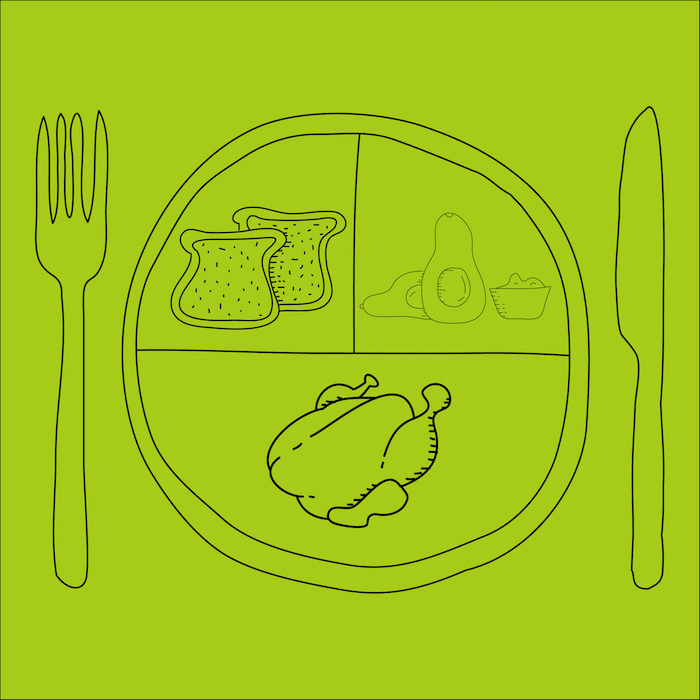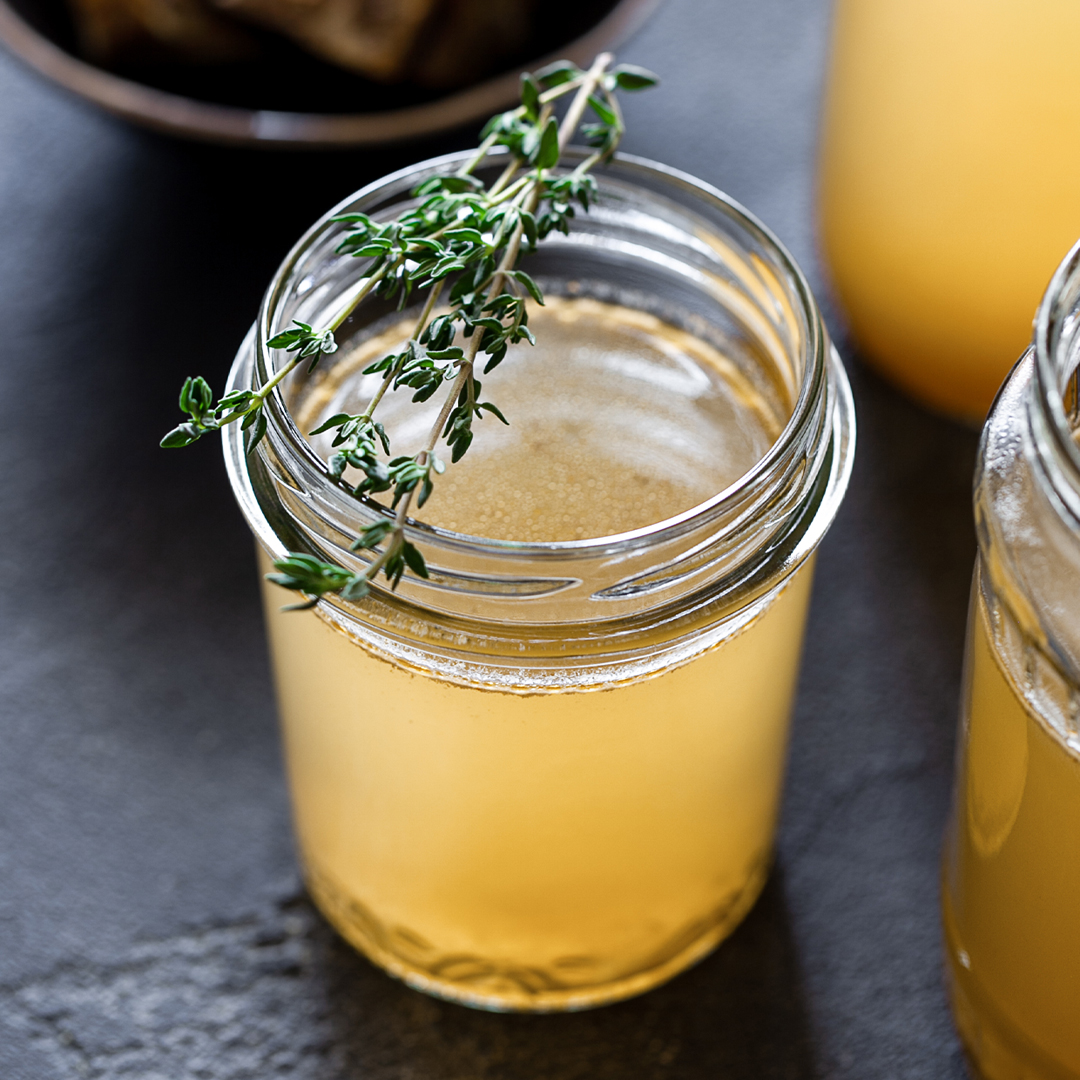Sometimes, amidst the daily rush of school, work and kids, putting together a wholesome, balanced plate of food can be a real battle. But with a few of our simple tricks and a basic meal plan, you’ll be cooking healthy and wholesome dishes in a flash!
Back to basics
Remember that old dietry infographic of how much meat, veg and grains should be on your plate? Well, years may have passed, but that info is just as relevant today. Macronutrients, like protein, fat and carbohydrates, are the three main energy sources for healthy bodies. Each have unique properties to equip us with all we need to function at our very best. Protein helps to rebuild muscles – especially after a strenuous workout, fat is essential for the well-being of our cells and hormones, while carbohydrates are our go-to energy source.
Build it up
Now that we know what the three most important components on our plate should be, it’s time to think about how we can include them in each of our daily meals. We suggest you think of building a balanced meal like building a house; you first need a solid foundation and structure to work with before you can add any finishing touches. The ratio of protein-to-fat-to-carbs will depend on your metabolism, lifestyle and level of activity. If you are regularly lifting weights, you’ll probably need slightly more protein, if endurance workouts are your thing, go for more carbohydrate-rich meals. Although fat plays an integral part in keeping hormones healthy, it remains the body’s secondary energy source, so be aware of having too much fat on your plate.
Step-by-step
Once you get to know which foods contain which macronutriets, putting together the perfect plate will become much easier. In the protein department, reach for chicken breasts, lean mince, or lamb. If you’re a vegetarian, opt for beans or lentils. Your carb options include bread, pasta, rice or other grains like barley and sorghum. Always go for the brown or wholewheat varieties of these carby treats; they are rich in fibre, they’ll keep you feeling fuller for longer, and they’ll boost your nutrient intake. The fat will add flavour to your meal. Experiment with different types of oil when sauteeing or frying, add a sprinkling of nuts to your dish, or top your meal off with the most beloved, healthy fatty food there is; avo!
Mix it up
It’s time to get creative! Always try to eat a wide variety of proteins, carbs and fats for the optimum selection of vitamins, minerals and nutrients. If you’re having an egg, avo and spinach brekkie, opt for a chicken stir-fry or wholewheat spaghetti at lunch, balance out the day’s meal with a protein-rich dinner of lamb, rice and roast veggies. If you’re unsure, Google your chosen ingredient and see how it can best fit into your meal. Happy eating!




